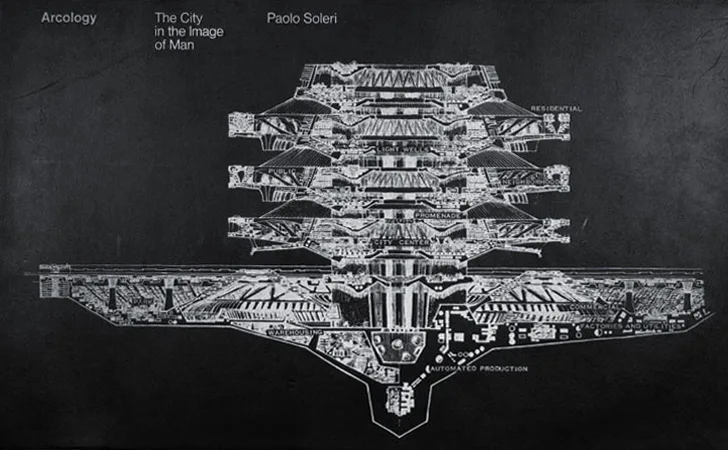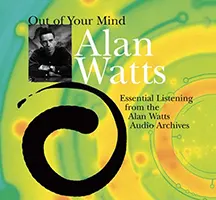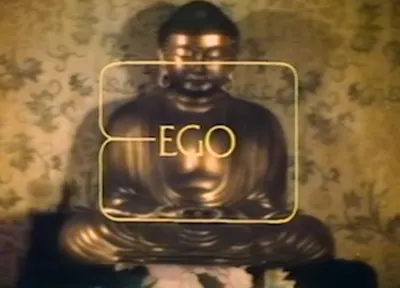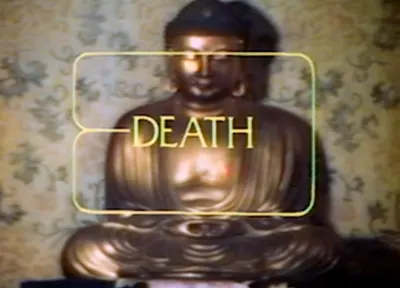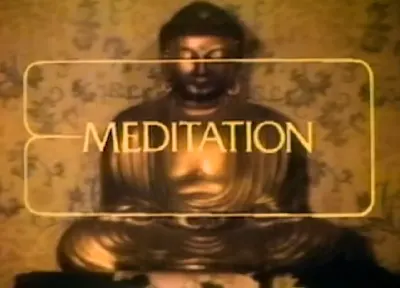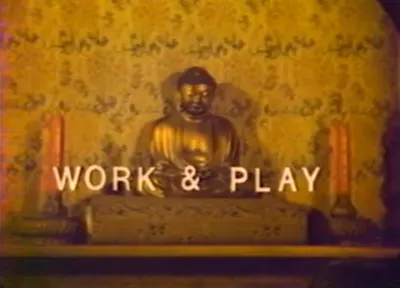The Library of Consciousness
of Consciousness
Telepathy
21 documents
Linking multiple minds to share thoughts and subjective states amongst each other, both indirectly through spoken and written language, as well as directly with various sophisticated technologies.
Browse
Meaning
66 documents
The guiding thread that connects experiences, choices, and aspirations into a coherent direction, shaping one’s role in the greater whole and offering a sense of fulfillment in the journey of existence.
Browse
Cosmic Consciousness
139 documents
An intuitive sense of the universal order, unity, and connection which arises through elevated spiritual awareness and mystical experience of the cosmic whole.
Browse
Identity
58 documents
The sense of who you are, shaped by your thoughts, feelings, experiences, and how you see yourself in relation to the world and others.
Browse
Artificial Intelligence
51 documents
Engineered non-biological systems which can perform functions and behaviors typically requiring intelligence when performed by humans, such as reasoning, planning, learning, perception, creativity, and problem-solving.
Browse
Consciousness
151 documents
The subjective experience of internal and external existence as processed by the mind, marked by awareness, perception, reasoning, knowledge, and judgment arising from sensory input and sophisticated brain functions.
Browse
Psychedelics
76 documents
Psychoactive substances that profoundly alter perception, mood, cognition, and other mental processes by activating brain receptors and causing changes in cognitive functioning and connectivity.
Browse
Metaphysics
137 documents
A branch of philosophy concerned with the fundamental nature of reality, being, and existence.
Browse
Epistemology
77 documents
A branch of philosophy focused on the nature and justification of knowledge, including the study of its scope and validity.
Browse
Global Brain
88 documents
The emergent network of information and communication technologies linking humans and machines into an integrated, collective intelligence.
Browse
Architecture
9 documents
The art and science of designing and constructing buildings and other physical structures to serve human needs and purposes.
Browse
Abiogenesis
8 documents
The process by which life arose from non-living matter on early Earth, marking the transition from chemistry to biology.
Browse
Ecology
58 documents
The scientific study of the interactions between organisms and their environment.
Browse
Entropy and Syntropy
28 documents
The inevitable progression towards randomness and disorganization, and the counteracting emergence of order, complexity, and structured systems from chaotic states.
Browse
Futurism
109 documents
A philosophy focused on envisioning, articulating, evaluating, and guiding the current epoch towards generating maximal thriving for the whole of humanity and nature across all time horizons.
Browse
Mindfulness
87 documents
Focusing conscious awareness on the present moment non-judgmentally, observing sensations, thoughts, and feelings as they unfold to gain greater clarity, insight, and self-understanding.
Browse
Virtual Reality
10 documents
An immersive experience that simulates presence in interactive, computer-generated environments, extending human imagination into virtual spaces.
Browse
Cosmology
69 documents
A field studying the birth, layout, development and potential end states of the physical universe encompassing all matter and energy through scientific models and observation.
Browse
Social Science
66 documents
A branch of science devoted to the study of societies and the relationships among individuals within them.
Browse
Memetics
11 documents
The study of how ideas, behaviors, and cultural phenomena spread and evolve through communication, imitation, and social networks, much like genes or viruses in a biological system.
Browse
Numinous
38 documents
An overwhelming encounter with a presence or reality that is both awe-inspiring and beyond human understanding, evoking reverence, wonder, and an unsettling awareness of the divine.
Browse
Emergence
72 documents
Novel and coherent structures, patterns, and properties arising during the process of self-organization in complex systems.
Browse
Economics
22 documents
The study of how people and systems manage resources, make decisions, and balance needs with scarcity, focusing on production, trade, and the flow of goods, services, wealth, and energy.
Browse
Eastern Philosophy
113 documents
Philosophical traditions originating in Asia and the Indian subcontinent, characterized by concepts such as nondualism, enlightenment, karma, and the transitory nature of the world.
Browse
Overview Effect
7 documents
A cognitive shift in awareness and perspective reported by some astronauts while viewing the Earth from orbit, often leading to profound changes in how they understand and relate to the planet and humanity.
Browse
Zen
47 documents
A school of Mahayana Buddhism that aims to awaken enlightenment by directly pointing to the inherent wakefulness of the mind through meditation, practice, and transcendental wisdom passed from master to disciple.
Browse
Ontology
121 documents
The philosophical study of being, existence, and reality.
Browse
Astronomy
16 documents
Scientific study of celestial objects, space, and the physical universe as a whole.
Browse
Superorganism
64 documents
A highly interconnected and organized community of individuals functioning as a single organism.
Browse
Omega Point
60 documents
A spiritual concept describing the maximum level of complexity and consciousness which the universe is evolving towards.
Browse
Mythology
48 documents
The collective narratives, symbols, and beliefs of a culture or civilization, often explaining natural phenomena, origins, and societal values through symbolic storytelling.
Browse
Evolution
150 documents
The process through which biological populations undergo transgenerational genetic change over time through mechanisms like natural selection and genetic drift.
Browse
Neuroscience
16 documents
The scientific study of the nervous system, encompassing its structure, function, development, and the relationship between brain and behavior.
Browse
Accelerating Change
94 documents
The observed exponential nature of the rate of technological and social change over time.
Browse
Technology
117 documents
The practical application of aggregated scientific knowledge and tools by organized human enterprise to leverage control over aspects of reality for solving problems and achieving desired outcomes.
Browse
Autopoiesis
29 documents
The concept that living systems self-organize by creating their own components and subsystems such that the network of production processes recursively generate the system’s identity.
Browse
Systems Theory
85 documents
An interdisciplinary field that studies complex systems in nature, society, and science, analyzing the relationships between the parts and how they give rise to the collective behaviors of a system as a whole.
Browse
Extended Mind
32 documents
A theory that cognitive processes extend beyond the brain and skull, incorporating external items such as computers to multiply the mind’s abilities.
Browse
Information Theory
26 documents
The study of how information is measured, transmitted, and preserved, focusing on optimizing communication by addressing uncertainty, noise, and efficiency in data exchange.
Browse
Noösphere
77 documents
The sphere of human thought and collective consciousness that emerges from the interaction of minds on a global scale.
Browse
Transhumanism
57 documents
Enhancing human capacities through technology to transcend biological constraints and evolve into a superior, post-human state.
Browse
New Additions
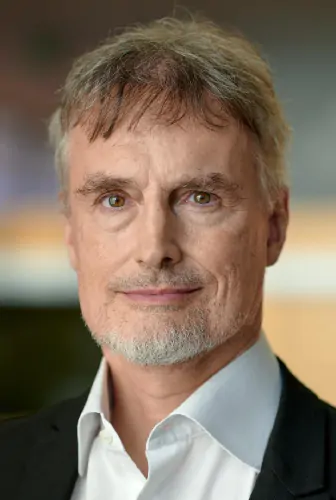 alt="Main document image"
alt="Main document image" alt="Main document image"
alt="Main document image" alt="Main document image"
alt="Main document image" alt="Main document image"
alt="Main document image" alt="Main document image"
alt="Main document image" alt="Main document image"
alt="Main document image" alt="Main document image"
alt="Main document image"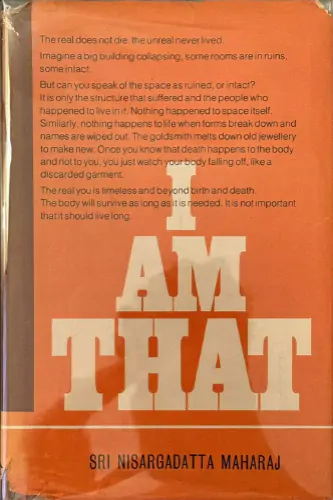 alt="Main document image"
alt="Main document image" alt="Main document image"
alt="Main document image" alt="Main document image"
alt="Main document image" alt="Main document image"
alt="Main document image"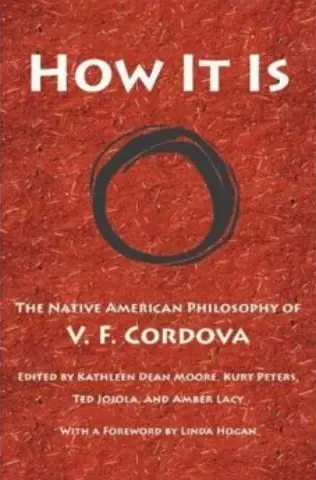 alt="Main document image"
alt="Main document image"Trending Today


